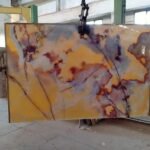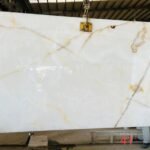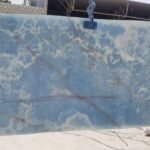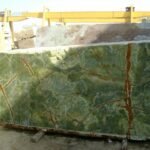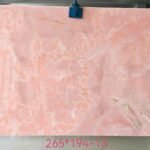Lapis Lazuli Glasses
“Lapis Lazuli Glass” can refer to glass objects or art pieces that are made to resemble or incorporate the appearance of lapis lazuli gemstone. It is not an actual type of gemstone, but rather glass art created to mimic the distinctive deep blue color and golden specks found in lapis lazuli.
Here are a few ways in which lapis lazuli glass is created or used:
Glass Art: Glass artists can use various techniques to create glass pieces that resemble the appearance of lapis lazuli. This can include creating glass sculptures, vases, bowls, or decorative objects with swirls of blue and gold, imitating the natural patterns found in lapis lazuli.
Lampworking: Lampworking is a glassworking technique where artists use a torch to melt and shape glass rods. They can create lampworked glass beads or pendants that resemble lapis lazuli gemstone, capturing its unique color and patterns.
Fused Glass: Fused glass involves melting different pieces of glass together to form a single, unified piece. Artists can use this technique to create intricate patterns and designs that resemble lapis lazuli’s appearance.
Glass Inlays: Lapis lazuli glass can be used as inlays in furniture, jewelry, or decorative items, providing a cost-effective alternative to using actual lapis lazuli gemstone.
Glass Tiles: Glass tiles with a lapis lazuli-inspired design can be used for mosaic artwork, wall decorations, or even as part of architectural elements in interior design.
It’s essential to understand that lapis lazuli glass is an artistic representation and not an actual gemstone. However, when crafted skillfully, it can capture the beauty and appeal of lapis lazuli, making it a more affordable and versatile option for various artistic and decorative purposes.
To find examples of lapis lazuli glass or to purchase lapis lazuli-inspired glass art, you can search for relevant keywords on online art marketplaces, art galleries, glass artists’ websites, or specialty glass art retailers.
Physical Properties of Lapis Lazuli
Classification A metamorphic rock that contains enough of the mineral lazurite to impart a distinct blue color. It may also contain significant amounts of calcite, pyrite, and minor amounts of other minerals.
Color Blue. Often with white calcite veining or mottling, and gold grains of pyrite.
Streak Blue.
Luster Dull, but polishes to a bright luster.
Diaphaneity Semi-translucent to opaque.
Cleavage None, though it may split easily along foliation or calcite veins and layers.
Mohs Hardness Varies between the 3 of calcite and the 5 to 5.5 of lazurite. Not well suited for use as a ring stone or in bracelets.
Specific Gravity 2.7 to 2.9 or more depending upon the amount of pyrite
Diagnostic Properties Blue color, association with pyrite, and hardness.
Uses Cabochons, beads, carvings, spheres, inlay, and pigments.




